While getting lost down an internet rabbit hole a few months ago, I found some lovely examples of . For a time, every school girl had an embroidery workbook to learn basic necessary sewing and mending skills. In a time when people just had 2-3 outfits and most items were handmade, these were as essential as typing is today. I actually remember, even in the 1980s, making a cross-stitch sampler in school. Although, at that time both boys and girls did the project and it was more of a craft than a life lesson.
I was able to purchase a series of three antique sewing books from 1902 to1905, all completed by the same school girl. They are fairly simple, but some of these books can have miniature dresses, aprons, lacework, monograms, etc. You can see how women in the 1800s turned out such beautiful sheets, tea towels, and other embroidered and stitched items. It was just a life skill and a place where beauty met practicality.
In a world of “fast fashion” and machine-made garments, we rarely think about repairing something unless it’s a special favorite. We also don’t think about adding monograms to sheets since we’re just throwing them into our own washing machine instead of taking them to a community laundry. Those who like to embroider and sew do it for the enjoyment of it more than out of necessity. But, as I’ve started knitting more and making more things by hand, I’m growing to appreciate the age-old skills and want to learn how to tailor, mend, monogram, and embroider. I am thankful clothes are more available and affordable and women have more choices today than they did 100+ years ago, but I like the idea of keeping these arts alive.
Just as it was an internet rabbit hole that led me to the antique schoolgirl workbooks, a similar trail led me to this Embroidery Workbook – Cahier de Broderie from French General ($86.) I was hoping to find a vintage/antique one in English that I could copy/work from, but this one was a great (and available) alternative. I was planning to work on it as a project over my winter break, but I couldn’t resist working on it over Thanksgiving and Christmas. I would do a few exercises when I was watching TV or just hanging out with the family in the evenings.
The embroidery workbook kit comes with printed linen “pages” along with instructions for all of the stitches and assembly. I did have to look up videos for a few of the more complicated stitches, but I was able to follow the instructions on most.
The kit came with red and cream threads, but of course, I went rogue and did my usual blues.
I used . I have both the balls and the skeins. The balls are a bit more convenient because they are already wound. You do have to wind the skeins around so they don’t get tangled, which is a small extra step to getting started. Size 3 and 5 are thicker threads, which I prefer. I’m not interested in doing fine embroidery work at this point but want to cover a bit more ground and make more of a statement with thicker threads.
I also went completely on my own with adding some other pages and making a cover out of an scrap. It was a creative project for me as well as a learning exercise and I wanted the end result to feel like “me.”
Some of my favorite embroidery workbook pages are the ones I “freestyled.” (Oh, I also used some yarn for a few of the stitches, like the couching stitch.
This was a practice embroidery workbook, so I tried not to be too concerned with perfection. There are definitely some wonky sections and some stitches that I never quite grasped, even after multiple attempts. But, I’m happy with how most of the book turned out. Just working with my hands, with new materials, and on new techniques, had me buzzing with ideas and possibilities.
I decided to embroider and make a page out of one of my lino prints on blue linen to add to the embroidery workbook and I love it! I cut the lino block myself, made the print, and then embroidered it. It was such a full-circle kind of project that use a variety of skills I learned in 2021.
I also embroidered a linen bird I cut out as a test on the Cricut Maker. Again, I just played around with yarns and various stitches I learned in the book. It was totally freeform.
I also added a cross-stitched monogram I did on burlap to the embroidery workbook…
You can find the cross-stitch monogram alphabet pattern I worked from HERE.
The embroidery workbook was such a fun, creative project. I would highly suggest it if you want to learn some new skills (or brush up some old ones) and make something pretty in the process. I was sort of sad when it was completed!
Here’s a fun little flip-through GIF of my completed embroidery workbook. I’m planning to do a video tour as well if you’re interested in seeing it in more detail.
Here are some alternative embroidery sample book projects and kits –
French General Embroidery Sampler Stitch Book ($60)
And here are links to some of the materials and supplies I used as well as a few books (naturally)…














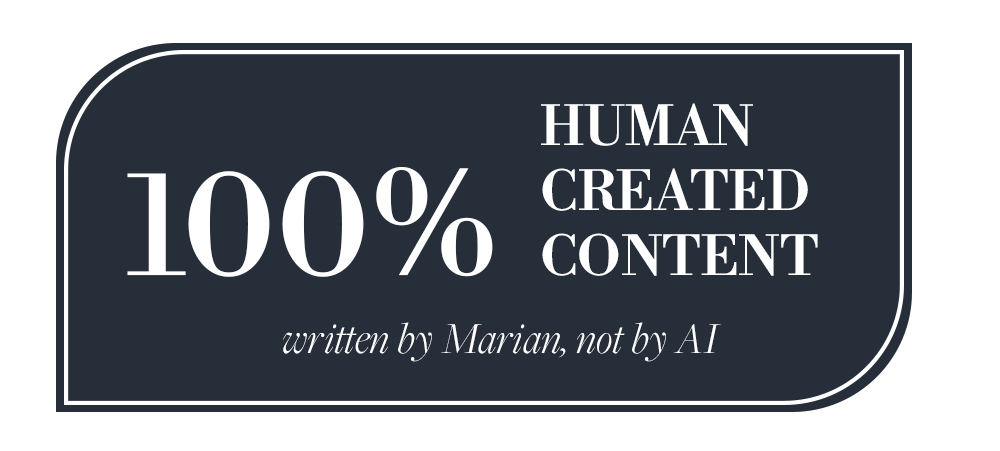
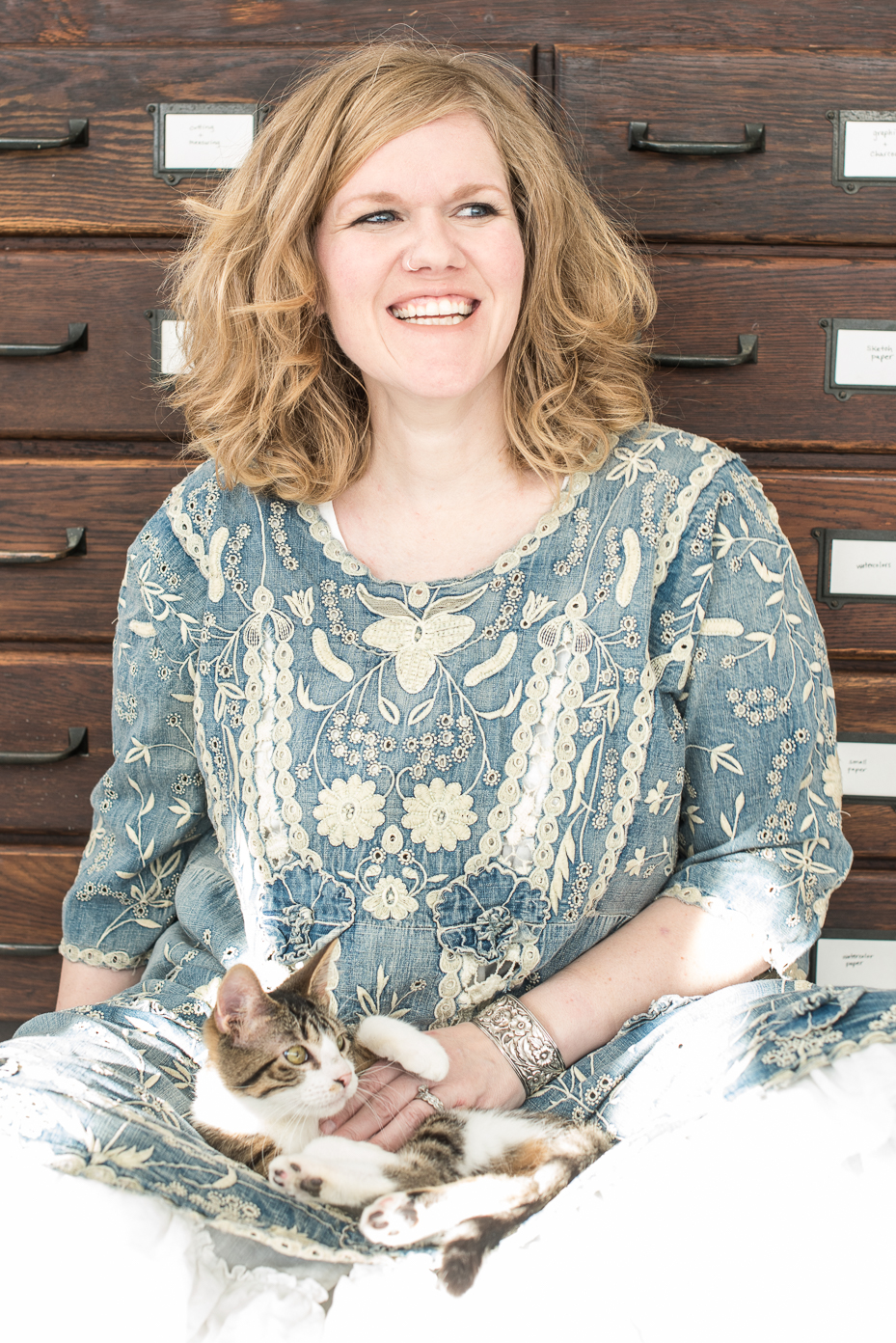
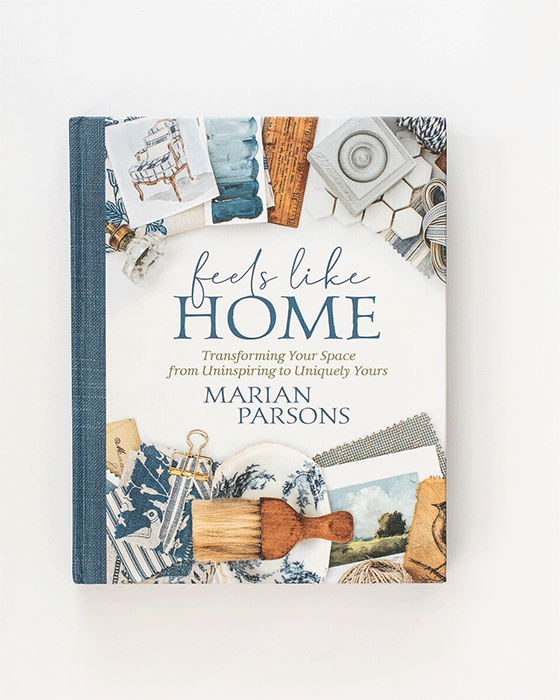
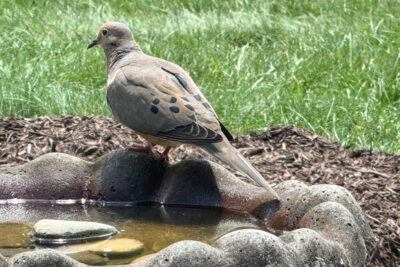
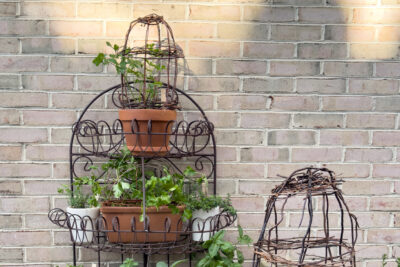
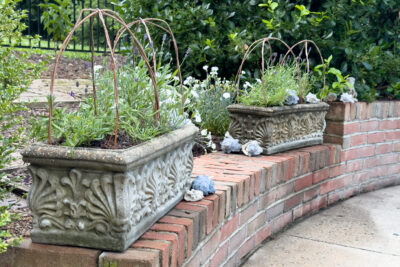
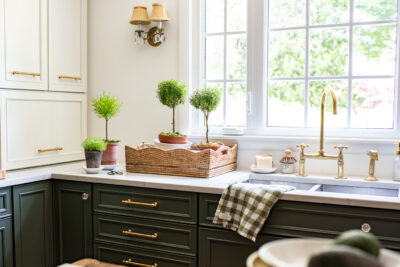
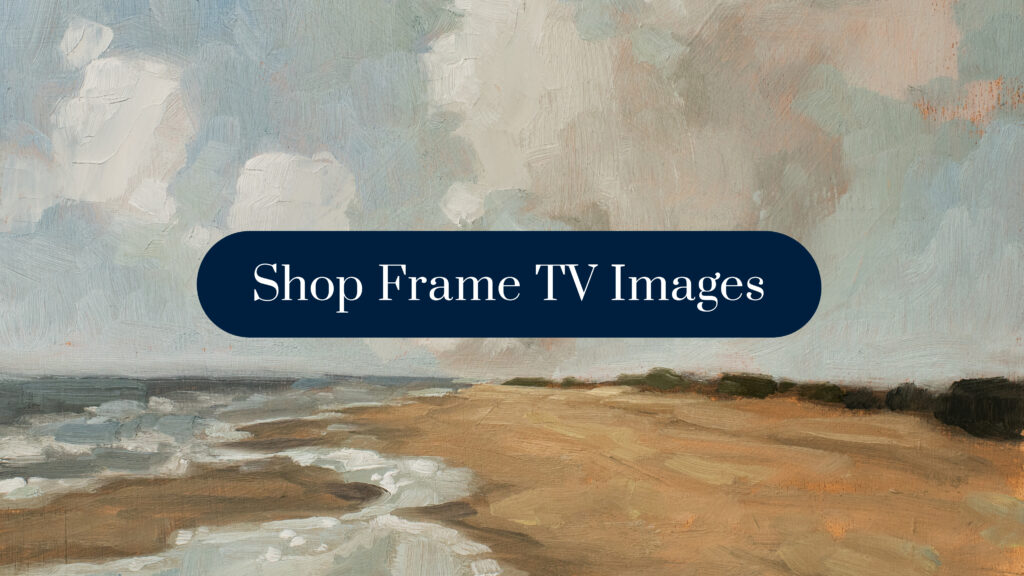

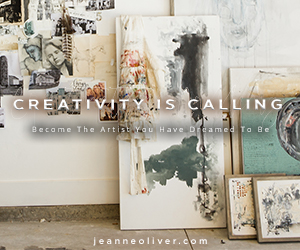
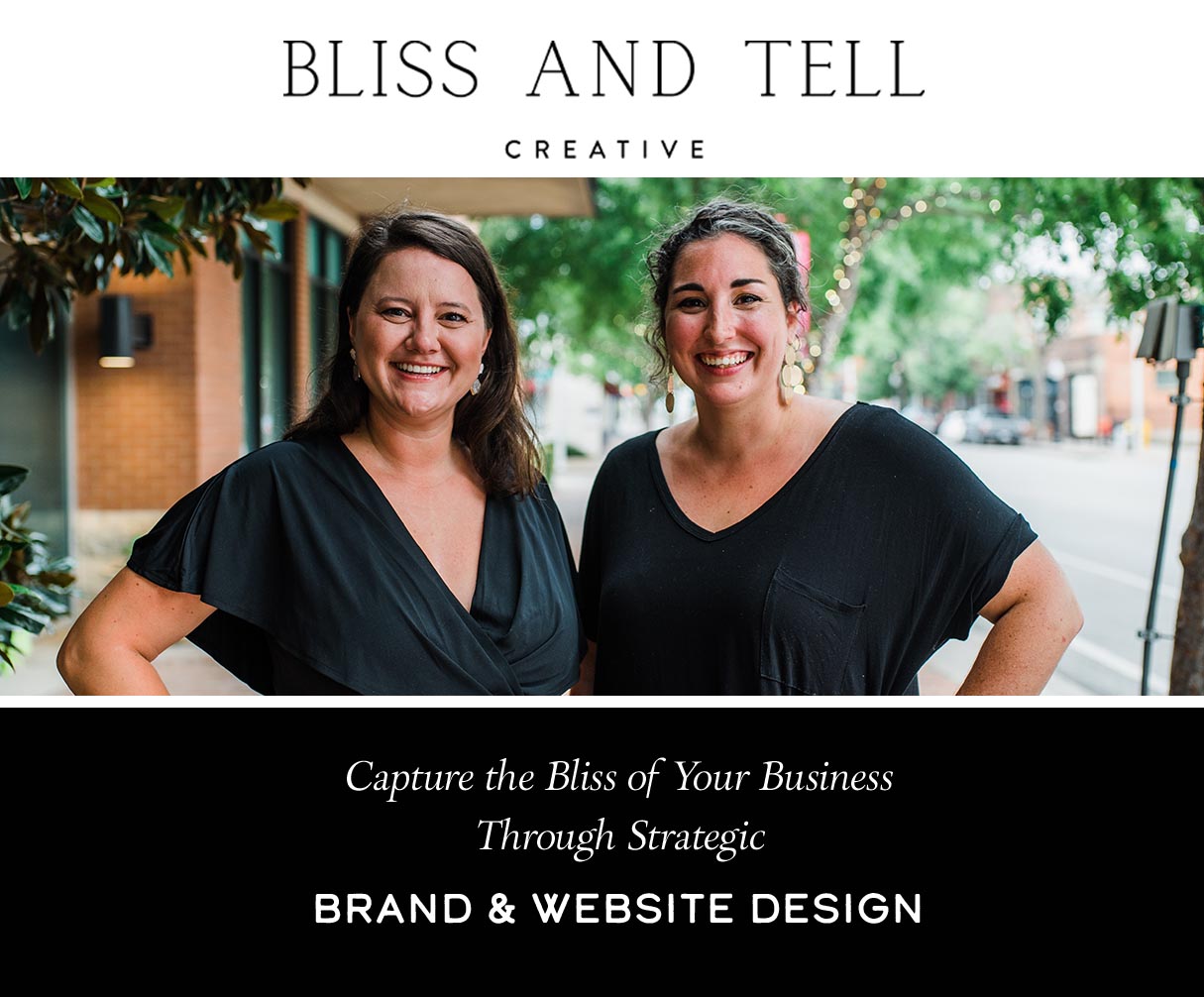
I don’t recall there being so many types of embroidery floss years ago. But as I shop (online and in stores), I am seeing such a large variety. Your preference being “3” or “5”, could you help me understand the difference? Is “3”, simply three strands and so on? I’ve been doing embroidery the last couple years since my husband passed and find it comforting and relaxing, so when I saw your posts around Thanksgiving, I was thrilled. Thank you for sharing your sources and inspiring creations!
Pearl cotton is single strand. I think the smaller the number the thicker it is. DMC can be divided.
Thank you, Rita, for the helpful information!
I learned to embroidery as a child. I was recently going through my sewing room stash and found a cross-stitch bedspread my Mother had purchased but never worked on. I am determined to get it finished. It has rose motifs on it but I am doing them all the same color. I estimate it will take around 50 skeins of embroidery floss. My Mother did the most beautiful embroidery work ever! I would love to make a little book like yours. I also remember a fan of yours made you a little needle book. I want to do one of those also. So many projects! How blessed we are!
This project includes so many skills you have developed and the result is beautiful and inspiring. Thank you!
Your book is most certainly “more you” and I love it. The color, the stitching, the cover is pure beauty.
What a great find. I have not spent much time embroidering but used to cross stitch a lot. The handwork is very relaxing and gives you time to think. Too bad they don’t teach home economics in high school any longer. So many skills to pass on.
Enjoy reading your blog and crafting.
Hi Marian ,
I love your embroidery sample book !
I have my Mother’s sewing exemplar book from her school days ( probably late 1930’s -40’s ) with stitched in pieces of embroidered fabric & miniature dresses and she was very skilled even as a preteen.
I know she did smocking on our baby clothing (6 of us!)
She also did lovely freestyle embroidery on baby nightgowns and muslin cloths for my kids .I remember her teaching me when I was about 10 to do lazy daisy and blanket stitch amongst others .
It lovely to realize there are more of these gorgeous books out there ..I treasure my Mums .
Your gorgeous lino cut and Cricut birds remind me of applique patches I ve made to decorate Christmas stockings with .I haven’t seen anyone else do this though I’ ve looked all over the internet.
I had them for sale at a fair & 2 Danish girls admired them & said they looked Danish ( I live in NZ).I ve since discovered I have Danish & Swedish DNA which helps explain my leanings toward clogs (!) and certain styles of houses and craft ..its so interesting isn’t it !?
I love this!!! I love the blue!! Thanks for sharing!
What a fascinating post! I am so glad you are keeping this old skill, which is really an art, alive. I learned to embroider as a child and got pretty good at it. When I was in junior high and high school, in the Dark Ages, it was fashionable to embroider jeans and jean jackets. Boys would ask the girls to embroider something on their garments. I had nearly forgotten about it, so thank you for reminding me. You are nurturing your soul and igniting more areas of your own creative process by working on this type of project. Thanks so much for sharing it with us; it’s very inspiring.
I, too, was alive in those “dark ages”, and I still have two pairs of blue jeans I embroidered on! Marian, your sampler book is so pretty it could bring embroidery back into fashion.
So beautiful and so inspiring! Thanks for sharing! Always impressed with what you make!
This is a lovely book and you have personalized it beautifully. I enjoy handiwork – quilting, cross stitch and embroidery. I can see this being a fun project encorporating a lot of different interests. Tatting is one of those rare arts I would like to try.
This is stunning! What a treasured keepsake that hopefully will passed down to future generations:)
It may interest you to know that in 1963 in 7th grade home economics class, which was required for girls, we made books like that. It included all the basic stitches and fancy ones, a hand sewn in zipper and two different style hand sewn button holes. Wish I had kept it because I did a pretty good job and started sewing clothes for myself.
Embroidery and cross stitch have both made tremendous progress in the last 30 years or so. The latest thing is machine embroidery, utilizing computers and computerized machines. The colors of thread are most addictive. You can buy ready-made designs, but with the right software, you can also make your own designs. I mention this only because of your sample book—to fully understand your different choices, the embroider is encouraged to make their own “sampler” utilizing the different stitches from the software. Since you control both the stitch angle and length, as well as color, and thread type (wool, silk, nylon, polyester, etc.) no two samplers will ever be alike. Yes, you can even do stitches that look like a child has stitched it. It’s not for everyone, but people that do this sort of thing are just mesmerized by it. Like cross stitch or hand embroidery, you come out with a nice product, and unlike the embroidery of people who came before us, this new technological marvel takes much less time. A machine embroidered sampler may have 100,000 stitches in it, but it can be completed in much less time than the hand-made version. That being said, I still do hand embroidery for things I know should stand the test of time (a child’s Christmas stocking comes to mind), but I am still drawn to machine embroidery.
I have a book of STITCHES my mother made, likely in the mid-1930’s. The names of the stitches are typed on little rectangles of typing paper and glued in. The pages are sewn on thin muslin. I cherish this little book. Thank you for reminding me of it. I just might make one just like hers.
I love textiles and am fortunate to have inherited a few beautiful pieces. I have one that was probably a mantel scarf that I hung from clips as a window covering. It has beautiful embroidery and couching stitches all in white.
Embroidered pieces that were originally seat cushions – cut off and saved- I turned in to pillows.
This book is just lovely! You really are an artist, Marian, and I so admire your research into your works. I think of you as a teacher, as well, because I always learn so much from your blog; I now crochet, knit, and wrap gifts better every year! So thank you for all of that!
When I was pregnant with my first child in 1981, I taught myself how to embroider. I made some things for the nursery and they are still in existence today! Learning how to do things by hand is definitely rewarding and should carry on as a lovely tradition. I taught myself how to quilt by hand also. My youngest daughter quilts but does everything on the machine. I have tried to teach her to quilt some things by hand, but she says it takes too long. I think I love the old ways and I hope these works of art are never lost or the ways to make them. Thank you for sharing your needlework journey with us. Very impressive!
This is beautiful! I had to order the kit for myself, looking forward to enjoying the process. I used to cross stitch and design cross stitch patterns and use linen to stitch on to replicate antique samplers. I’ve missed stitching and really looking forward to doing something new. What floss colors did you use? They blend together perfectly!! Thanks for always being inspiring!